Not all of us are out of the winter woods in March. March can definitely be one of the most variable and unpredictable months as far as seasons and weather go, but as they say, this month comes “in like a lion” but “out like a lamb.”
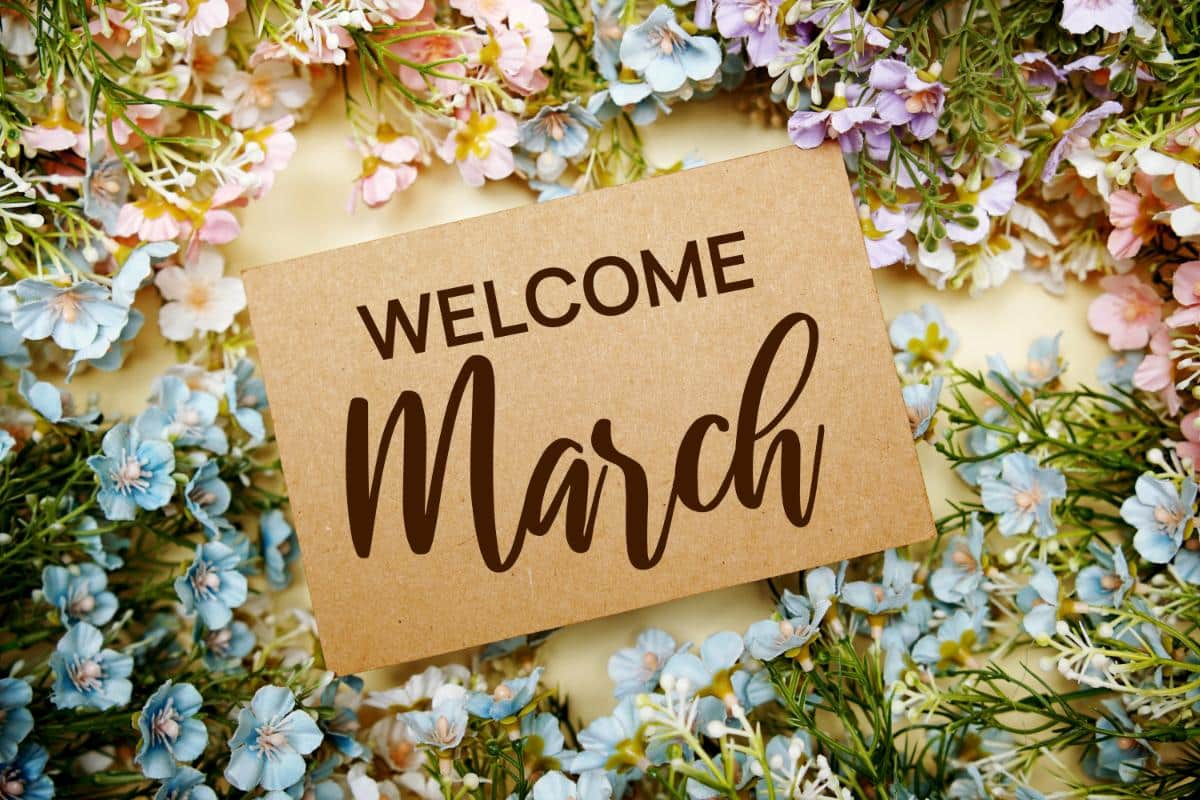
Somewhere between the lion and lamb, we start to feel more confident that spring is really coming and maybe nearly here to stay. This is the time when perennial gardeners can really get going and get growing.
Jump to:
- Perennials are Spring’s First Gardening Tasks
- 10 Tasks for Perennial Gardeners in the Month of March
- 1. Assess the Damage
- 2. Get Cleaning!
- 3. Fill in Holes and Top Up Garden Beds
- 4. Backfill Heaved Plants and Exposed Roots
- 5. Apply Fertilizer and Soil Amendments
- 6. Remove Old Stems and Stalks
- 7. Inventory for Plant Additions and Replacements
- 8. Pull Back Mulch to Warm the Ground
- 9. Bring Dormant Overwintered Container Plants Out to the Light
- 10. Prune and Remove Broken Branches on Trees and Shrubs
- Some Planting Can *Probably Begin in March
- Perennials Benefit from Hardening Off, Too
- Don't Plant Anything Until the Soil is Ready (= Workable)
Perennials are Spring’s First Gardening Tasks
For gardeners, the first garden tasks to start with are perennial gardening tasks. Why? Because perennials are hardier than annuals. Many of them are in the ground, just waiting to spring to life again.
By getting as far ahead on perennial gardening tasks as you can in March (and into early April), you check a lot of yard and garden tasks off your list. This leaves you ready and with more time to deal with the annuals and vegetables when their time comes.
10 Tasks for Perennial Gardeners in the Month of March
March is definitely a mixed bag of tasks for perennial gardeners. It starts with waiting to see what can be done, morphs into damage assessment and spring cleaning, and by the end of the month, usually wraps up with some planting and growing-related projects.
No matter where you are, here are 10 of the things that almost all perennial gardeners can be doing this month:
1. Assess the Damage
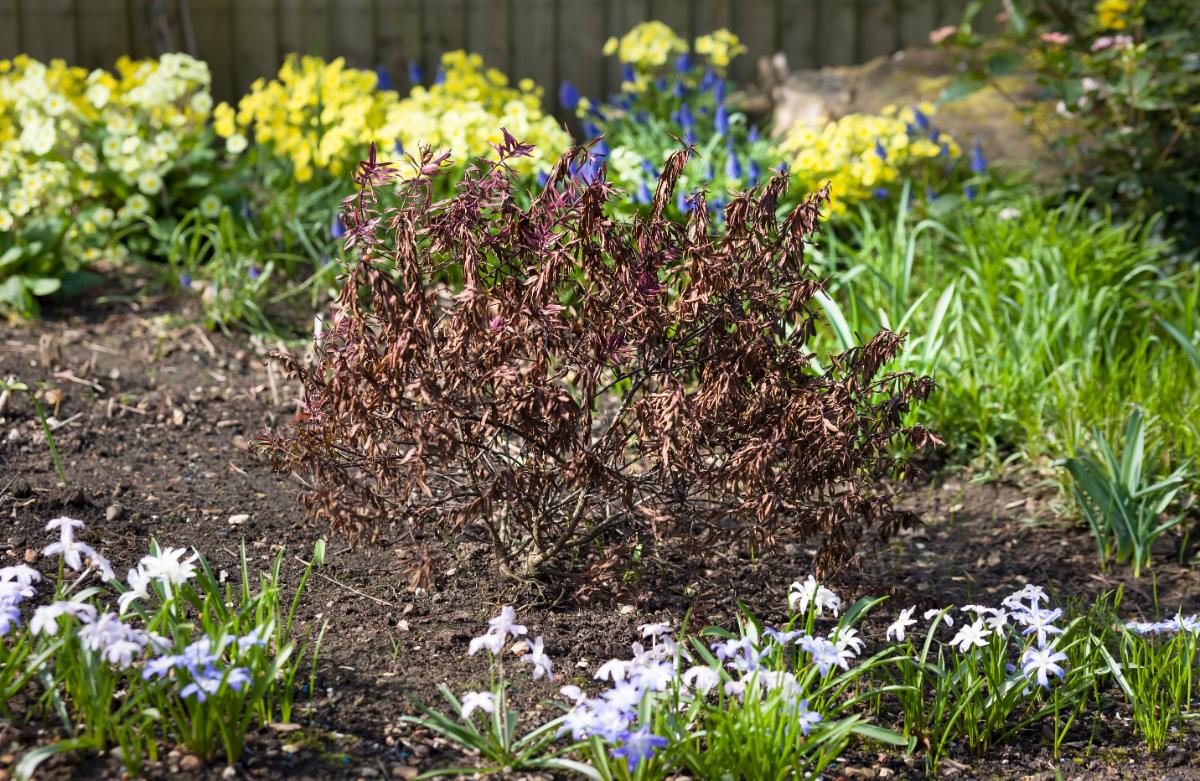
Start by simply walking around your yard and taking a hard look at all your perennial plantings and perennial beds. It’s smart to take a clipboard along with you—you may not remember all of what you find that needs attention.
See what damage the winter has done to your plants and to the ground they grow in.
- Are plants heaved up?
- Roots exposed?
- Are plants undermined by burrowing wildlife or rodents?
- Did they sustain a lot of wind or storm damage?
- Do you suspect some plants were winter killed and might not have made it? Should you put them on a “watch” list to see if they develop new growth?
Also, look to see if the season is coming early and if there are signs of life, sprouting, and new growth. See if there are plants that seem delayed in comparison to other waking perennials, and consider if there is something you need to do to help them along.
Seasons are changing in many places. A lot of locations have warmed into higher growing zones, which directly impacts the perennials you can plant (and when you can start planting). As you go along, reevaluate if you can bump up your perennials by a zone.
More on Hardiness Zones and Growing:
- USDA Plant Hardiness Zones Updated, 2023 (What Changed!)
- Growing Zones and Frost Dates - How To Schedule Planting
- How to Figure Out USDA Climate Zone Equivalents
2. Get Cleaning!
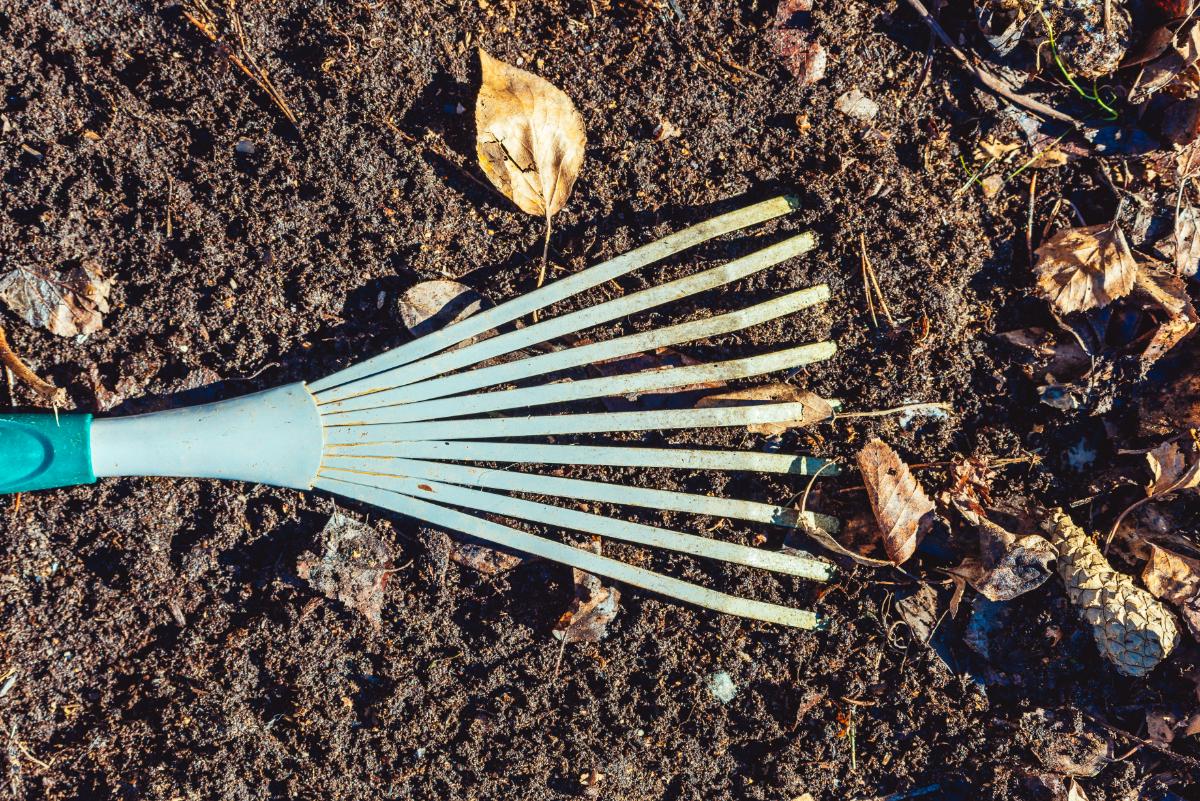
Once you’ve done the damage assessment and the ground starts to thaw and drain out, it’s time to start spring cleaning.
Cleaning perennial beds is much, much easier when you aren’t working around extensive new growth.
And you won’t damage that new growth or break off blossoming stems, etc., while you rake and clean.
Take note of any further damage you find when you start getting rid of the old, dead detritus. Add it to the list.
3. Fill in Holes and Top Up Garden Beds
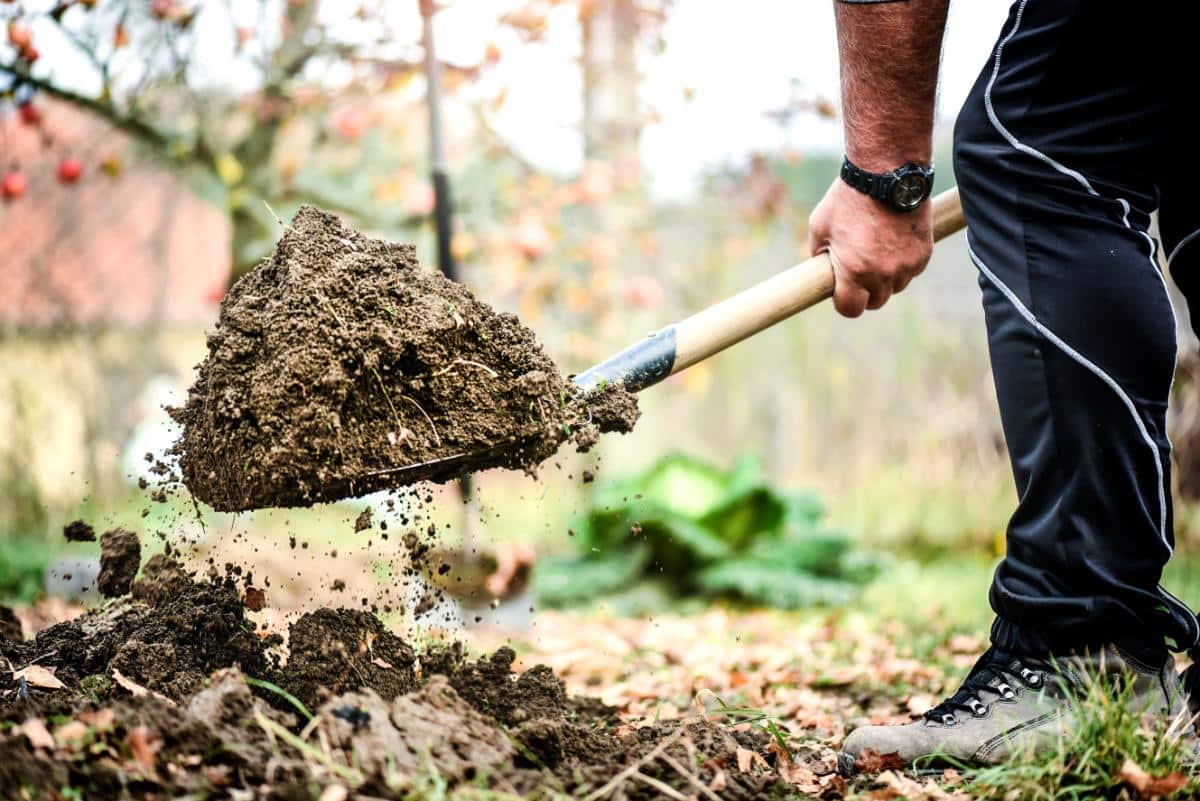
Soil settles, rodents and pets dig, and when the snow melts, you’re often left with holes in your lawn and garden beds. First things first, fill them.
Filling holes will make your yard safer and eliminate trip hazards. It also replenishes the soil and keeps garden beds and raised beds at good depths for plants to grow in. And it protects exposed parts of plants that shouldn’t be exposed.
4. Backfill Heaved Plants and Exposed Roots
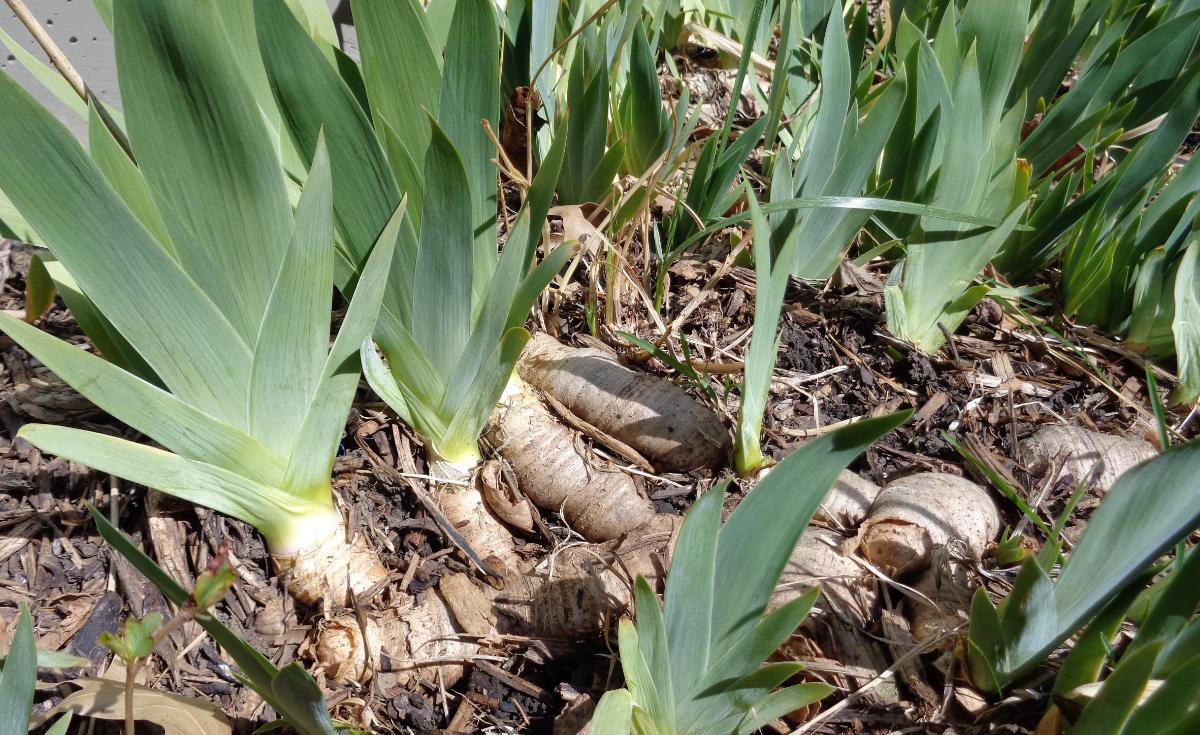
Frost can push perennials up out of the ground and leave them riding above the soil line. It can also partially push them up and leave portions of roots exposed and without contact with soil.
This is a recipe for sure death, be it partial or total.
If you see this happening over the winter, you should cover up exposed roots with soil, compost, or mulch. You may not be able to see this until you clean or snow and piled bankings melt and clear.
March is the time, before it gets dry, to deal with winter frost heaves. Backfill the holes with soil. Resettle plants in the ground if needed, and make sure your perennials are deep enough in the soil to live without exposure.
Tip: Use old potting soil from old container plants to fill holes in the yard and backfill frost-heaved perennials.
5. Apply Fertilizer and Soil Amendments
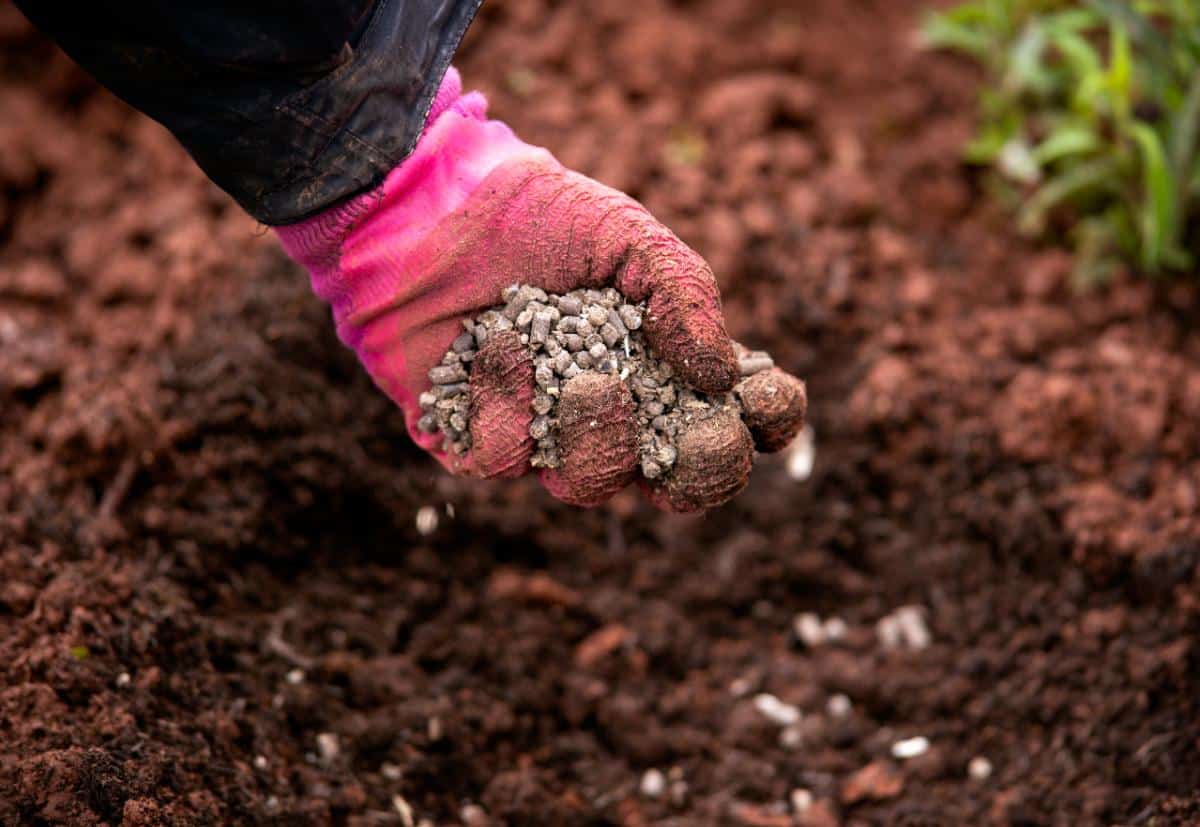
Later in the month (earlier in southern locations) is a good time to fertilize your perennials for the spring.
Generally speaking, you should fertilize perennials in the spring when new growth starts to emerge.
This is a good time to top-dress with compost and add any amendments to replenish spent nutrients. For open soil or where you can work the top of the soil without damaging roots, it’s smart to scratch the amendments into the soil. At least apply it as a top or side dressing.
6. Remove Old Stems and Stalks
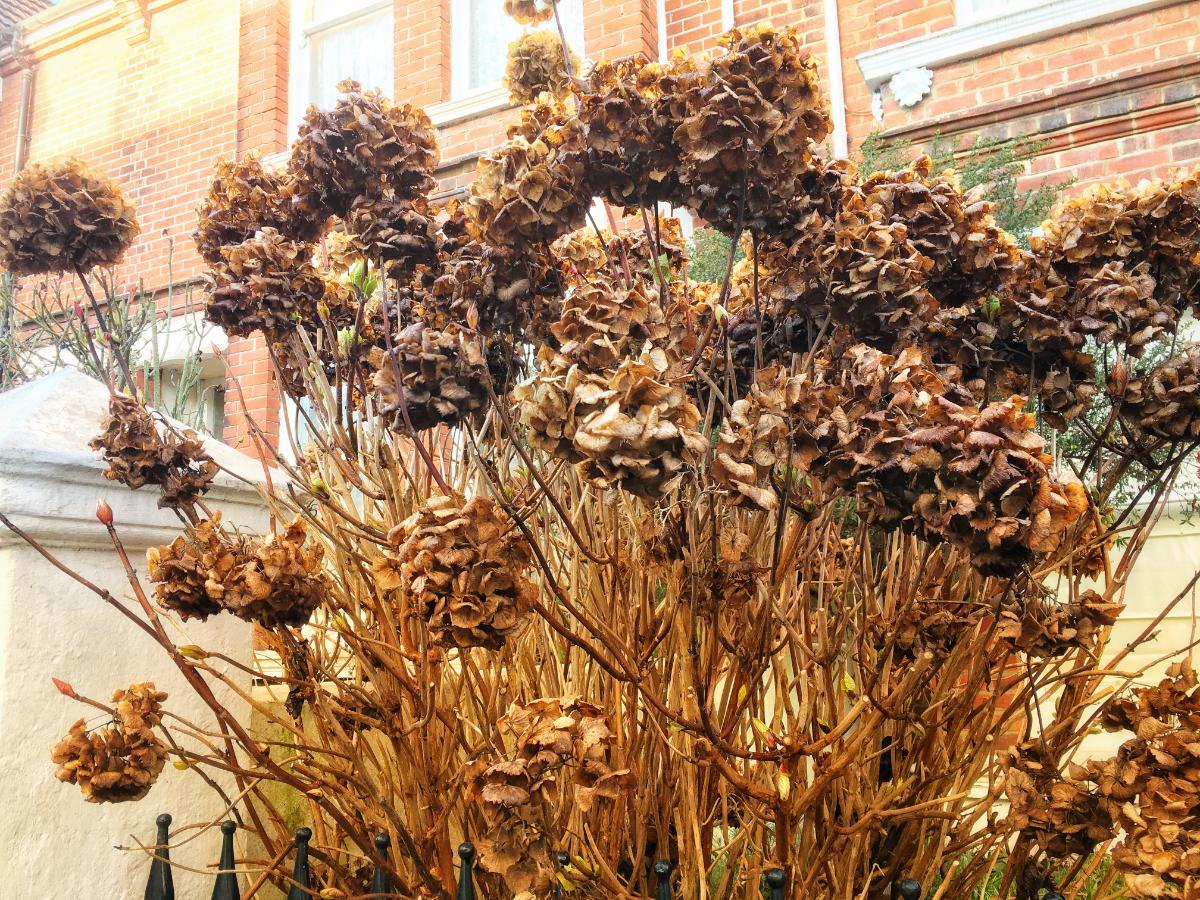
There are a lot of perennials that shouldn’t be pruned or cut back in the fall because the presence of stems and old growth over winter helps them stay anchored. They’re also protected when leaves and snow gather in their old, dead stems. This helps them to capture moisture by holding frozen water (i.e., snow) in place and insulates the bare ground from erosion and dehydration.
Once the bulk of winter weather has passed, though, that old dead growth can go, allowing room for new growth and leaving the plant looking a whole lot better without old, dead sticks and stalks left in its midst.
7. Inventory for Plant Additions and Replacements
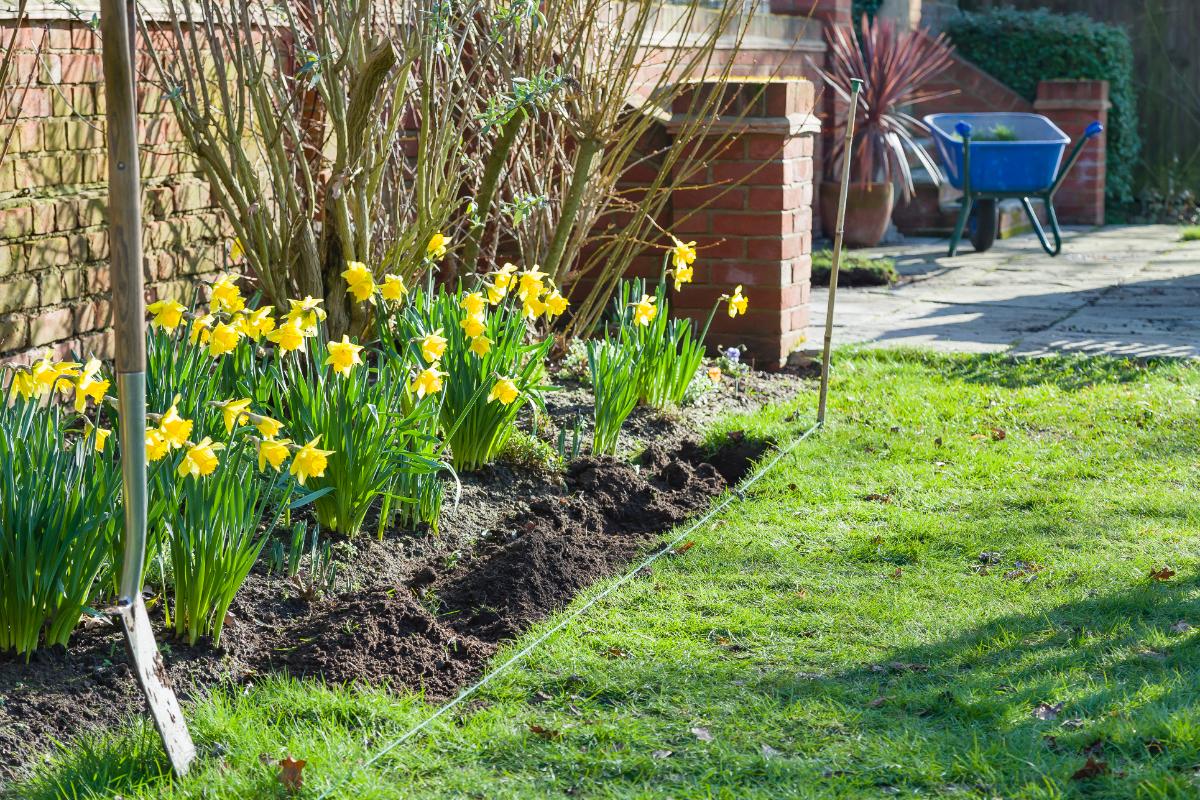
March is also a good time to walk around and see where the holes are in your garden designs and plantings. See what needs replacing. Start shopping or looking through catalogs to decide what might work best in these “holes.”
As you look, consider what didn’t look good through the winter. Think about planting perennials that have colorful stems or berries that might look good and feed wildlife and birds in the dormant seasons, too. Think about what will look great in the spring, summer, and fall, but also think about dormant winter perennials that can bring you pleasure in the long, dreary winter months, too.
8. Pull Back Mulch to Warm the Ground
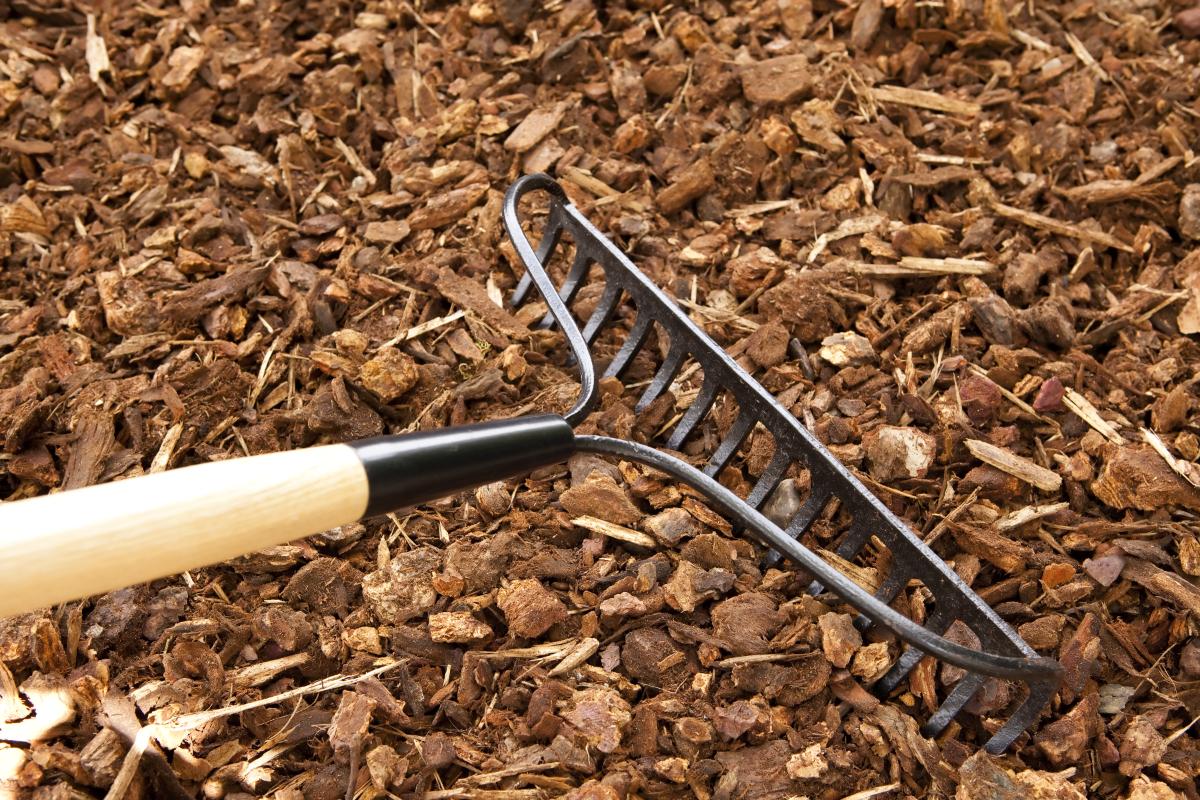
When you feel like temperatures are moderating and evening out, and when you see that the ground is thawing and frost is leaving the ground, it is time to pull back your winter mulch.
This can come to yards and gardens at different times in the month of March. It seems different every year. Usually, by the middle to end of March, you should start pulling back winter mulch layers.
Pull them back earlier if spring comes early, and definitely remove extra winter mulch if you see new growth coming up on your perennials.
Pull back winter mulch until your spring mulch layer is no deeper than three inches.
If the ground is frozen under your mulch but mostly thawed everywhere else, rake back all the mulch to the side to expose the root zone to warmer ambient temperatures and sunshine. This will thaw that remaining ground. (Ground insulated by mulch can remain frozen for weeks longer, and you don’t really want that—you want to let spring in so you can get growing!)
Once the ground under the mulch thaws and warms, you can replace the mulch to keep weeds suppressed (just rake it back in place). You can add a top dressing to keep things looking nice, too, but make sure that the layer of mulch for the spring and growing season is not deeper than three inches. Deeper than that, you’ll smother roots and growth.
9. Bring Dormant Overwintered Container Plants Out to the Light
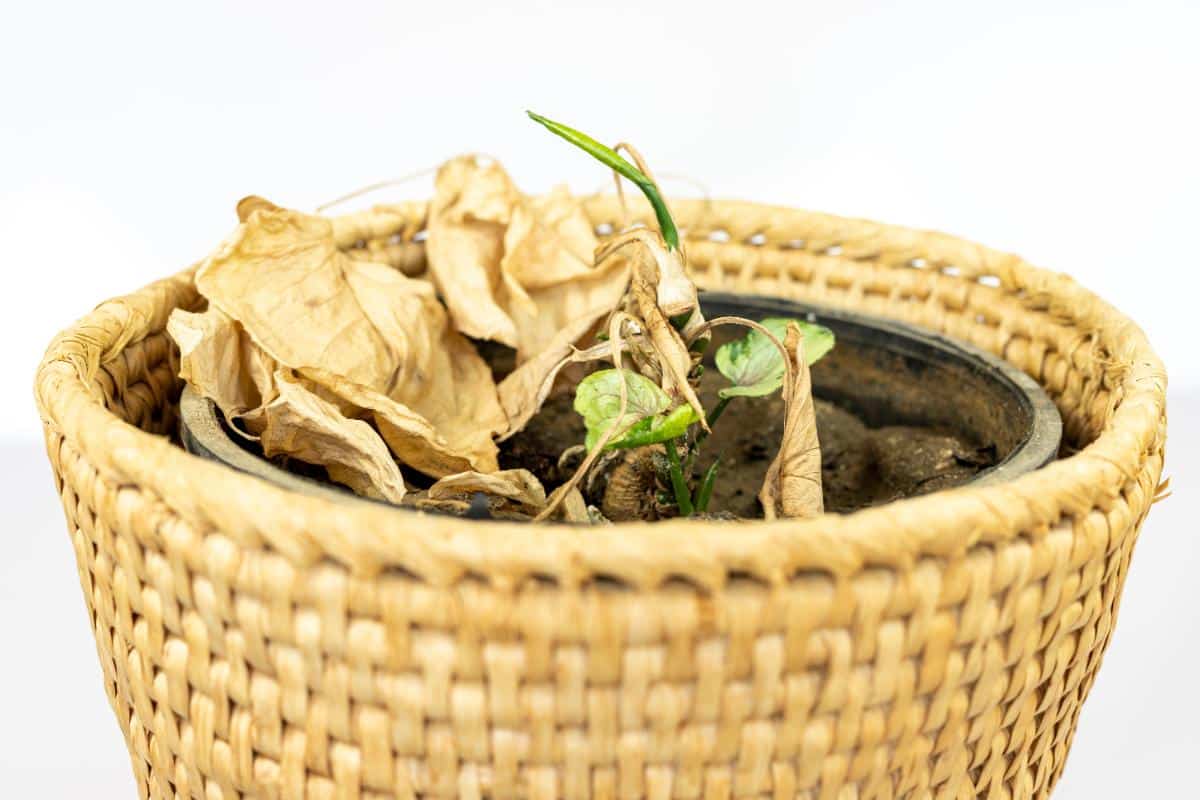
It may (or may not) be too early to put overwintered dormant container perennials outside, but you should at least bring them out of their cold, dark hole and start reintroducing your overwintered perennial pots to light again.
- Start by bringing them out of the basement or garage and place them in a cool but warmer room in indirect light.
- Start watering them again.
- As the days go on, move them closer to a window and direct light.
- As you get closer to moderated outdoor weather, start hardening the plants off and let them spend time outside.
- Build up the plants’ time outside until the plants are used to dealing with outdoor conditions again, and then let them stay outside when you feel like the conditions are manageable enough for them. (This will depend on the plant’s cold hardiness and their hardiness zones).
10. Prune and Remove Broken Branches on Trees and Shrubs
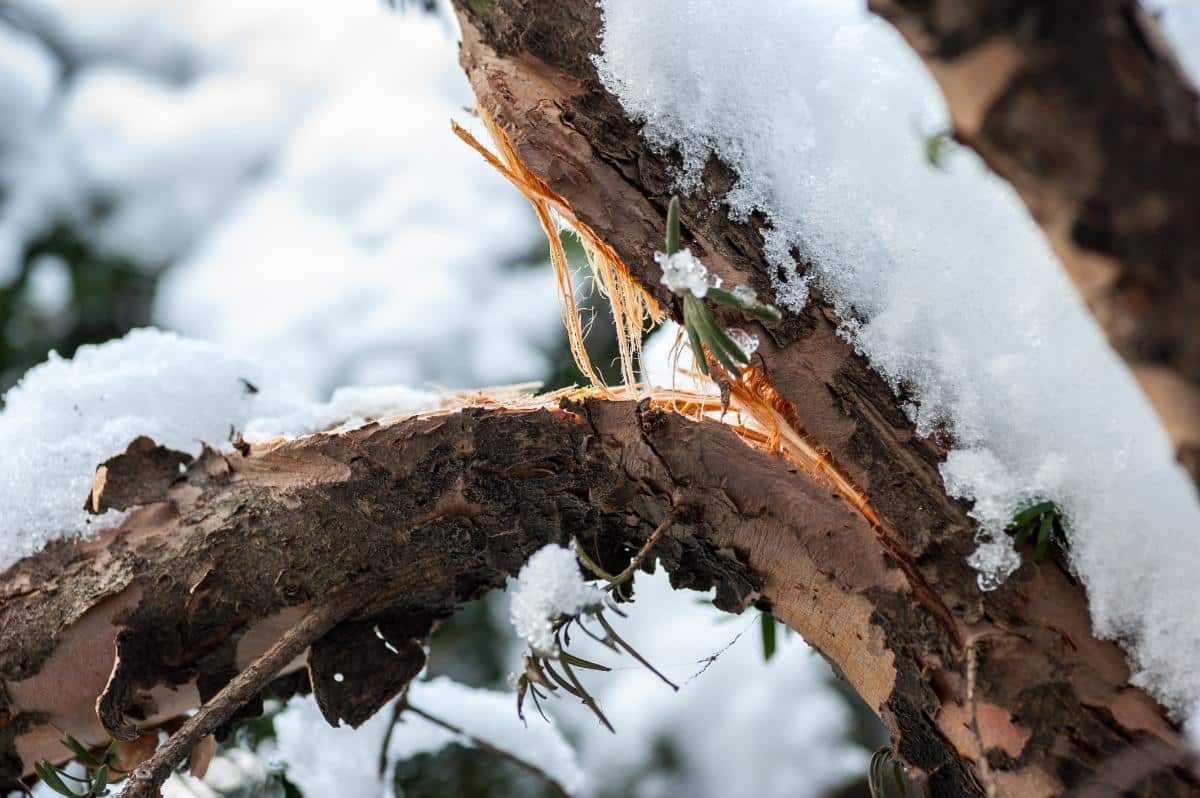
It’s a whole lot easier to prune plants when they are dormant or semi-dormant. Without the lush foliage, blooms, and growth of the later spring and summer, you can still see and reach the interior spaces of even large plants.
Now is also an easier time to see what branches and stems aren’t growing or have died—before other green growth covers them up.
One word of caution—don't prune away buds and blossoms that have yet to emerge. Know your plant and its ornamental and bloom season so you can enjoy it, and don’t prune sleeping buds before they can live.
That said, damaged, broken, and dead stems and branches should be cut away regardless. They’re only a burden and a potential point of disease and insect entry for your plants.
Some Planting Can *Probably Begin in March
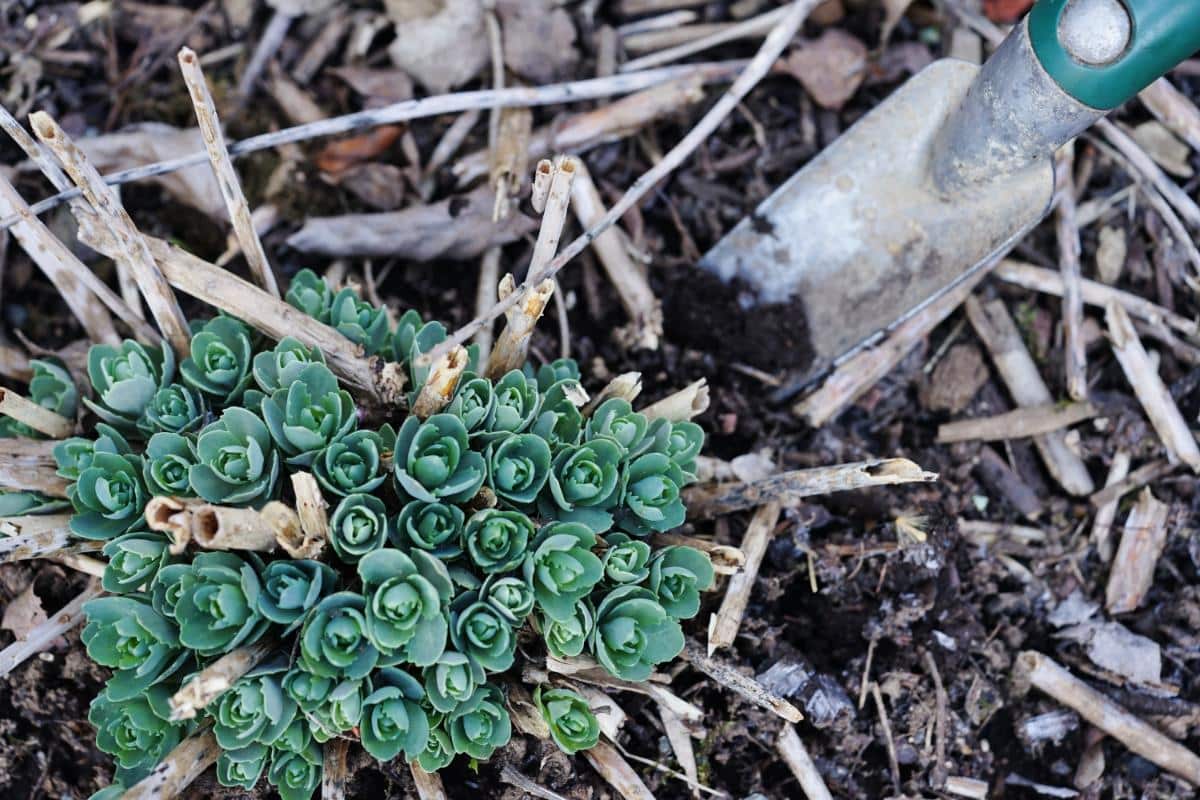
Perennials are the first things that can be planted outdoors because they are designed to live through colder winter conditions (this is assuming you are choosing plants that are hardy enough to live in your zone!).
If winter has calmed and the ground has thawed and drained, by the end of March, growers in many zones can at least start planting the hardier perennials.
March is not too late to start perennial transplants from seed, either. Some good options for starting from seed are perennial flowers like echinacea, Shasta daisies, black-eyed Susans, yarrow, and also mint-family plants and things like lemon balm and bee balm (this is by no means a complete list, but you can read our article on Perennials to Start in March for more March planting ideas).
If you’re planning things out, plan to start perennials from seed indoors under lights (or in a greenhouse if you have one) early in the month. Leave the outdoor planting for the latter part of the month, when hopefully conditions are more settled.
As unpredictable as March is, if weather and soil conditions have not settled by the end of the month, hold off a couple of weeks into April and see how things are then.
Perennials Benefit from Hardening Off, Too
It is wise, however, to harden off any perennials that you’re going to plant – even if they are established transplants that you bought at a nursery. The weather and conditions in March can be variable and unpredictable, and plants grown in a greenhouse or even an unheated high tunnel are well protected from the elements.
To protect your investment for years to come, take a couple of weeks to harden the plants off. You really won’t lose much time in the end, and your plants will be happier for it.
Don't Plant Anything Until the Soil is Ready (= Workable)
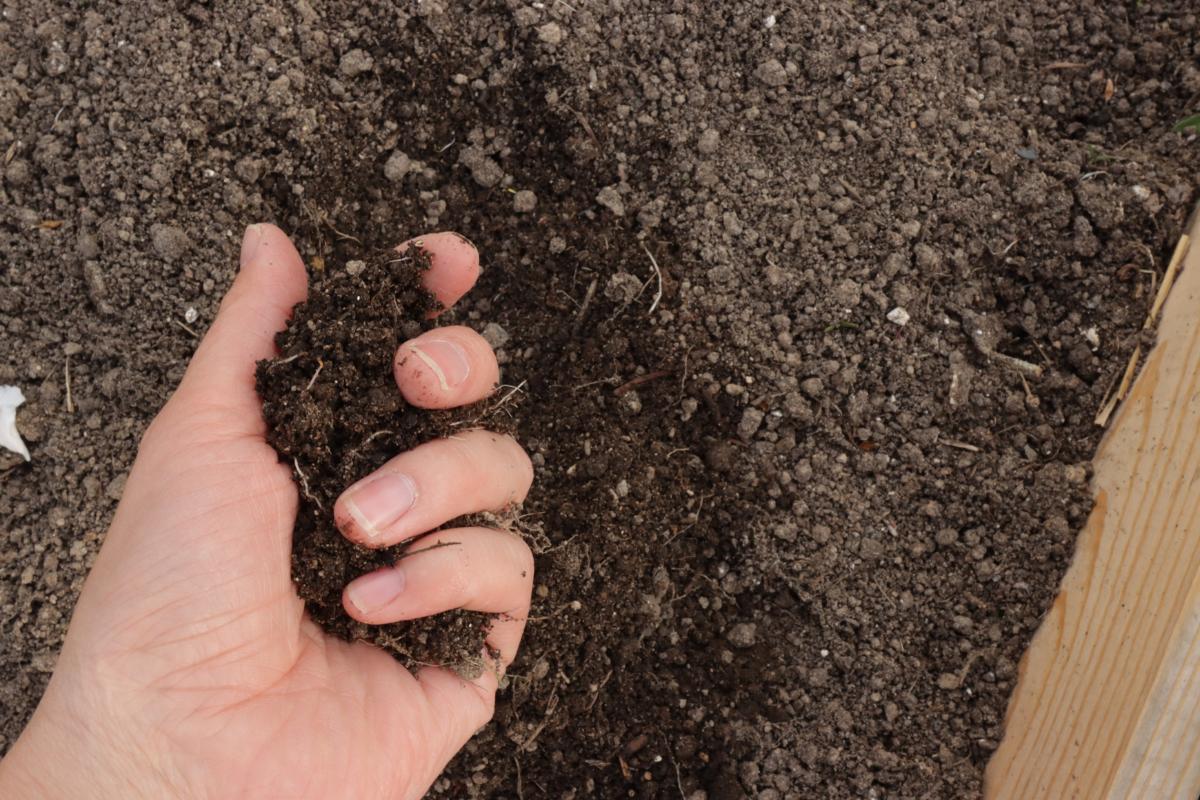
You can start planting when the soil is workable, which, for many people, will happen at some time in the month of March. For others, especially in the north and places with heavy snowfall, you might have to hold off until April. Workable soil is soil that has had the frost go out of it, and that is not too wet. Soil should break up in the hand and crumble if it is dried out enough.
It’s important – even though we’re antsy and excited to get planting -- not to work your garden beds too early, other than to attend to those few early clearing and cleaning tasks on this list. When you work the soil while it is still wet and undrained, you cause a lot of compaction. Seeds and plants that are newly planted in it will also struggle because they’ll be sitting in too much water.
How do you know if your soil is workable? Find out here: What is “Workable” Soil, Exactly?

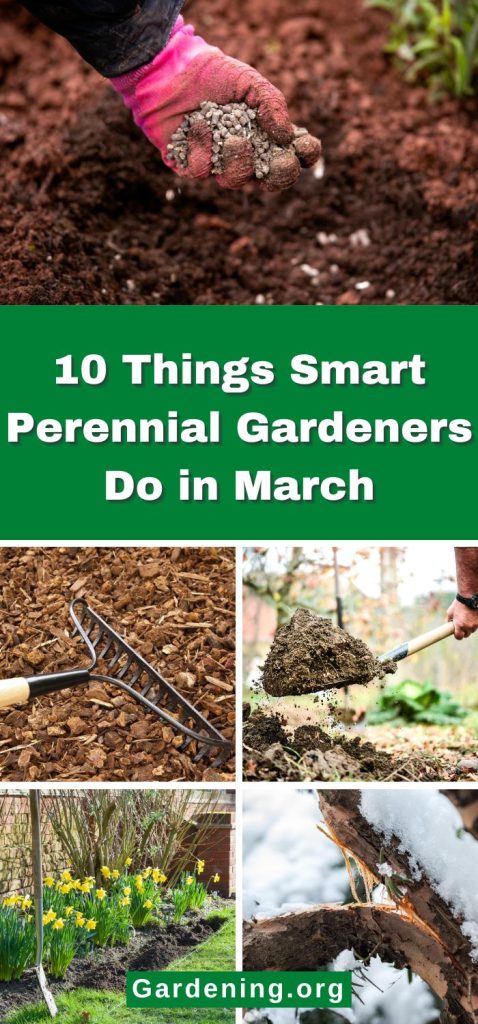
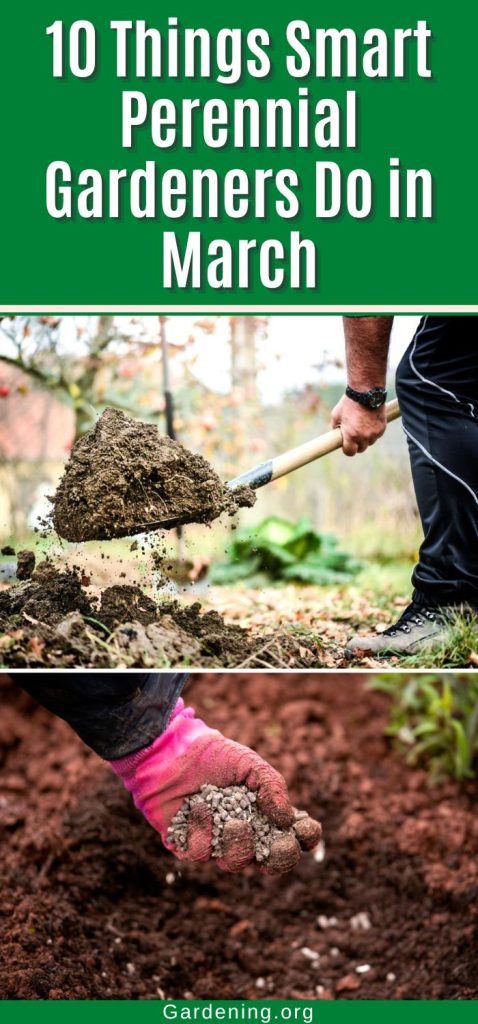
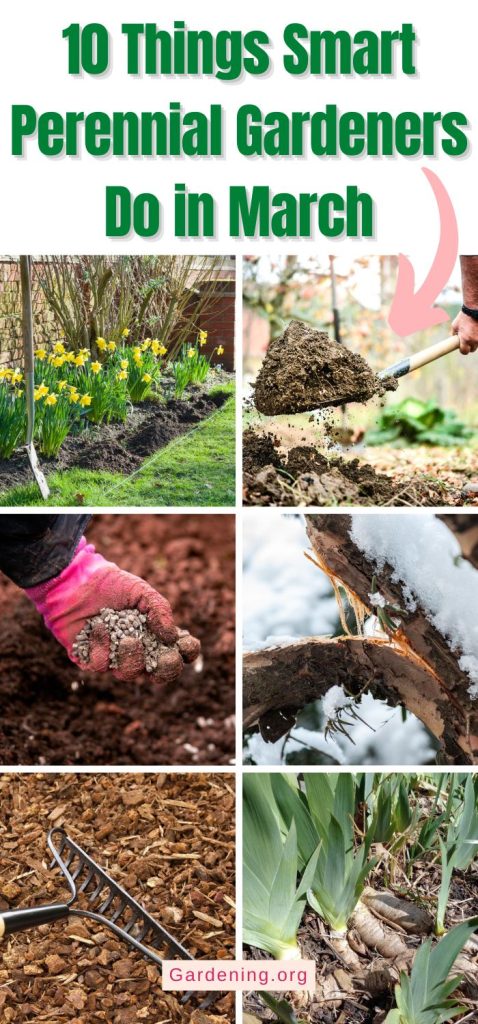





Laurie Lewis
I’m surprised you are encouraging raking leaves out of gardens in March when they are so important to our ecosystem. Many animals hibernate and need a chance to come back to life including butterflies, moths, queen bees and some invertebrates. Leave leaves until the temp is consistently above 60 during the day and the chance of frost has passed. Thank you.
Lola
Thank you for mentioning that Laurie. I was thinking the same thing.
Mary Ward
Of course you need to use your own judgment and also adjust to your growing location. Many mid zones and warm zones are already there in March. Not everyone has the time and luxury to wait too long for spring cleaning with so much to attend to. By the end of March, plenty of places are into 50s and 60s consistently and the insects you're aiming to protect are active. This is the case even here in the Northeast. At least the last few years.
If you wait too long to start raking and cleaning beds where you have bulbs and early perennials coming up, you'll damage the plants and potentially block growth if they can't get through the mulch layer that is created by the leaves and detritus. For example, I've recently cleaned off my hellebores and if I didn't, I'd have killed many leaves and blooms, and kept it too wet and moist and encouraged fungal disease. They're already in a strong growth phase. All my spring bulbs are coming up, too, so it's just time to clean them. Really, it's now or never, for the reasons previously mentioned.
You can also be selective in the areas where you begin your spring cleaning, starting with the tasks like raking out rocks and soil deposited from winter storms, etc., and areas where hibernating insects are unlikely to be. Though this is an important consideration and there is growing attention on its importance, we also often have to find the right balance.
Mary
I was going to say the same thing!! But thank you for beating me to it!